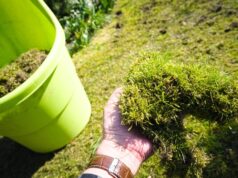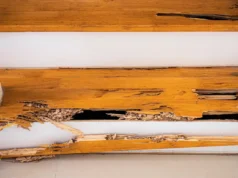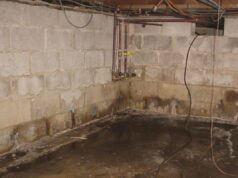
Mold is more than just an eyesore; it poses significant health risks, especially when it comes to black mold. Found in damp, dark areas of your home, this notorious fungus can thrive unnoticed, quietly releasing spores into the air.
If you suspect a mold issue, it’s crucial to approach testing with caution and knowledge. But how do you navigate this potentially hazardous situation? The process of safely testing for black mold involves a blend of careful observation, strategic sampling, and informed decision-making.
Whether you are a homeowner looking to protect your family or a landlord aiming to create a safe environment for tenants, understanding the intricacies of mold detection is essential. In this article, we will guide you through effective and safe methods to identify black mold in your home, ensuring peace of mind and a healthier living space.
Identifying Signs of Black Mold in Your Home
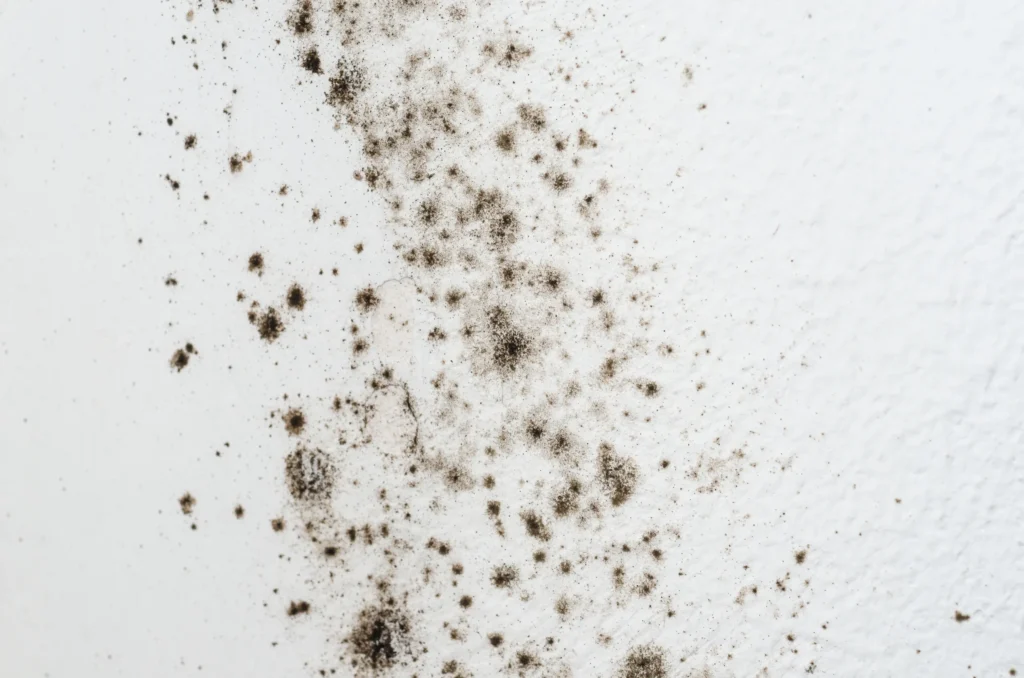
Identifying signs of black mold in your home is a crucial step in ensuring a safe living environment. First and foremost, keep an eye out for any visible mold growth, which can appear as dark patches in shades of green, black, or even yellow.
These could be found in damp areas, such as under sinks, in basements, or around windows. But don’t just rely on sight—pay attention to musty odors that linger, an unmistakable sign that mold may be lurking in hidden corners.
If you or your family members begin experiencing unexplained health issues like respiratory problems, headaches, or skin irritations, consider that mold could be the culprit. Additionally, be mindful of water damage; leaks or persistent moisture can create ideal conditions for mold development.
Acting quickly when you spot these signs is essential, as addressing a mold problem early can prevent more severe health risks and costly repairs down the line.
Step-by-Step Guide to Using a DIY Mold Testing Kit
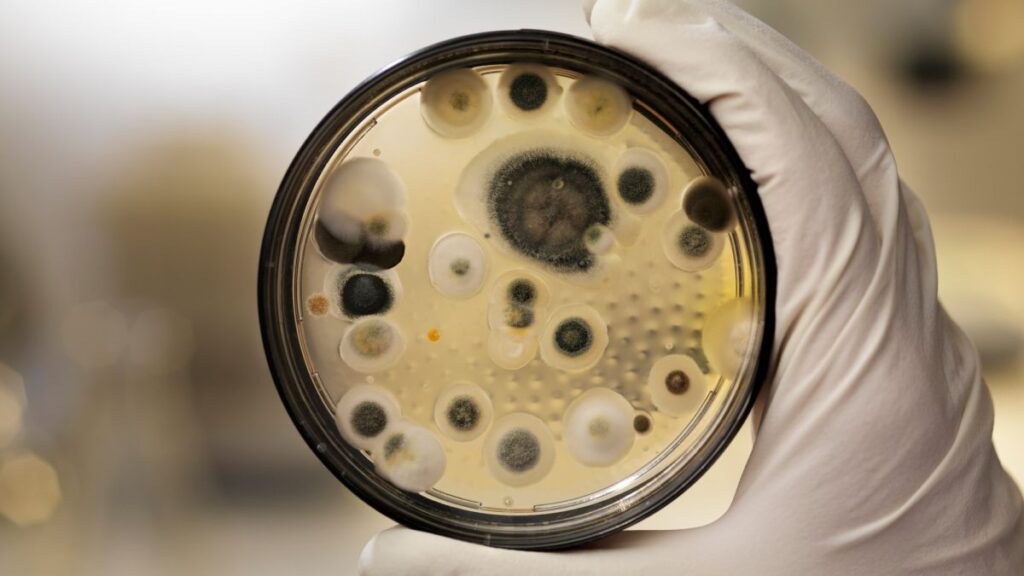
Using a DIY mold testing kit can feel like an adventure in your own home. First, gather your supplies: the kit itself, a pair of gloves, and perhaps a flashlight—after all, some mold hides in the shadows.
Start by choosing the areas you wish to test; the damp corners of the bathroom or perhaps behind the kitchen sink. Follow the kits instructions meticulously: youll typically need to collect air samples or surface swabs.
Make sure to wear gloves to avoid any direct contact with the mold spores. Once collected, seal your samples in the provided containers and send them off to the lab.
While you wait for the results, take the opportunity to inspect your home for any visible signs of mold growth, such as discoloration or musty odors. Finally, when the results arrive, youll have a clearer idea of whether your suspicions were correct or if theres nothing but peace of mind on the horizon.
Preventing Future Mold Growth: Maintenance and Tips
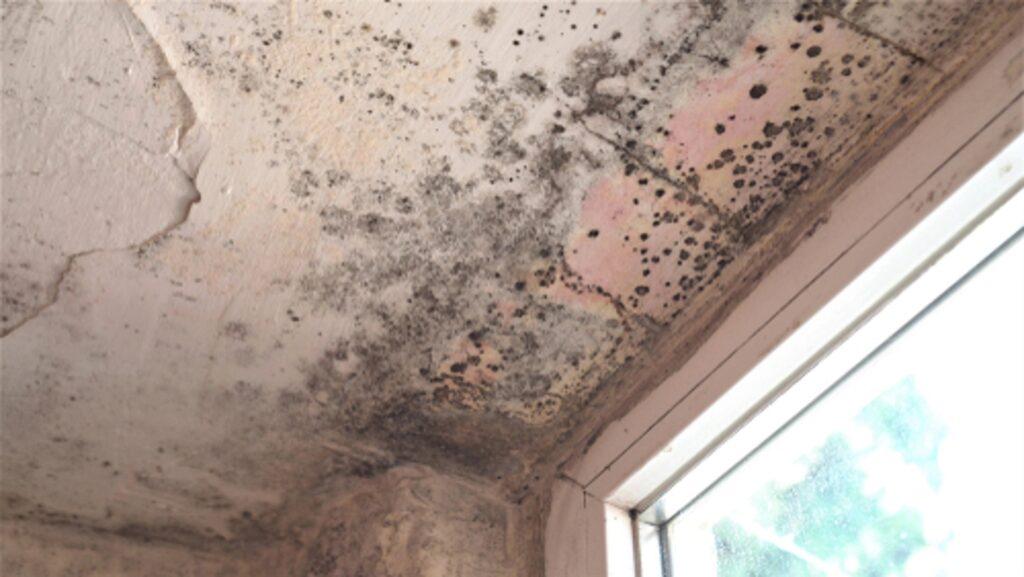
Preventing future mold growth requires a proactive approach encompassing diligent maintenance and smart habits. Start by ensuring your home’s humidity levels are kept in check; ideally, they should remain below 50%.
Install exhaust fans in moisture-prone areas like bathrooms and kitchens to promote air circulation. Regularly inspect your home for signs of water leaks or condensation, as these can create the perfect breeding ground for mold.
After any spills or water damage, act quickly to dry affected areas—within 24 to 48 hours is ideal. Additionally, consider using mold-resistant paints and materials when redecorating or renovating.
Lastly, encourage airflow by rearranging furniture and periodically vacuuming to eliminate dust and debris that can harbor mold spores. Cultivating these habits not only shields your home from unwanted mold but also contributes to a healthier living environment for you and your family.
Conclusion
In conclusion, ensuring a safe environment in your home is paramount, particularly when it comes to potential hazards like black mold. By following the recommended steps for identifying areas of concern and utilizing appropriate testing methods, you can effectively determine the presence of black mold without compromising your health or safety.
Remember that while DIY testing kits are widely available, consulting with professionals for Black Mold Testing ensures accurate results and comprehensive remediation strategies. Ultimately, staying proactive in safeguarding your living space will not only contribute to your well-being but also enhance the longevity of your home.



